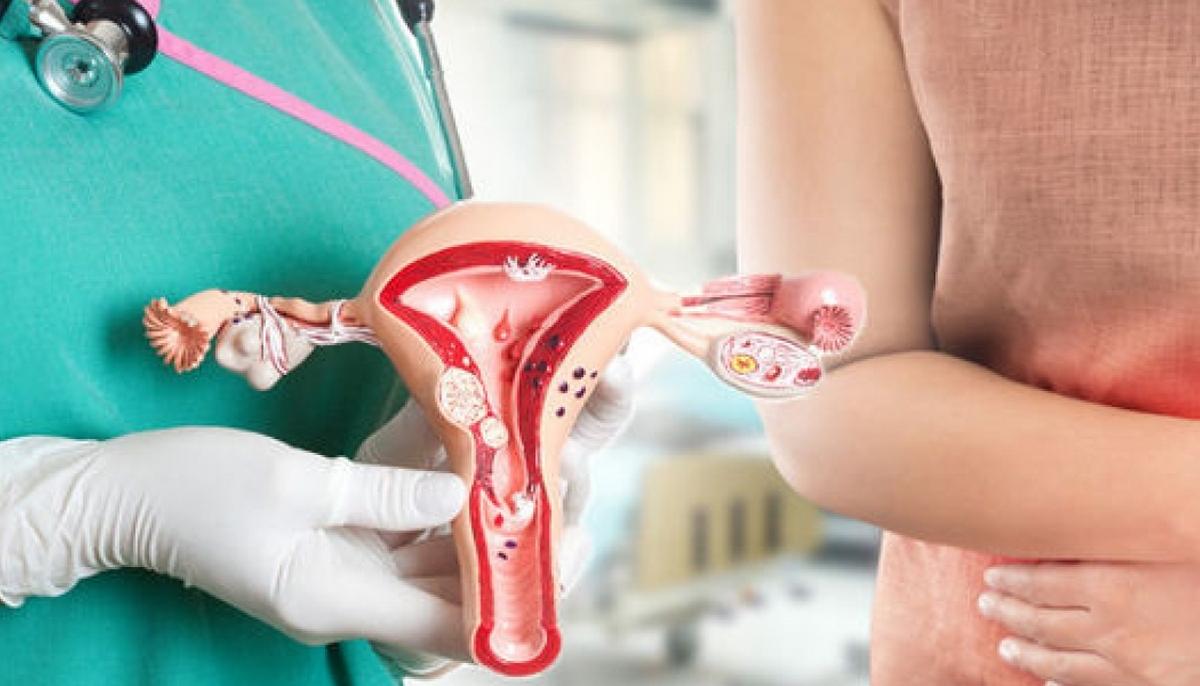According to studies, there is no person who has not contracted the HPV infection at least once in their life. Many times, this infection is eliminated from the body with the help of the immune system. When it is not treated and is not eliminated with the help of the immune system, there is a very high risk of turning into precancerous lesions, which evolve into cervical cancer.
The symptoms of precancerous lesions are abnormal bleeding or bleeding after sexual contact, which are also the most visible symptoms. When the precancerous lesion turns into cancer, the bleeding becomes massive and difficult to control, causing pain, as well as problems related to the evacuation of the urinary bladder and intestinal transit. Other important symptoms that may indicate the onset of cervical cancer are rapid and significant weight loss, as well as general weakness.
The most effective forms of cervical cancer prevention are Babes Pap tests, as well as HPV genotyping. Of the more than 100 existing strains of the HPV virus, only a few have a high degree of cancer risk.
There are some aspects related to cervical cancer, the HPV and Pap test, as well as the anti-HPV vaccination that you may not know. This information can help you better understand the importance of cervical cancer screening.
The Babes Pap test in liquid medium is the most faithful
Although there is the classic version of this test, the one in a dry environment, it is recommended to perform the Babes Pap test in a liquid environment, much more efficiently and with much higher accuracy. Also, the PAP test in a liquid medium helps detect cervical lesions much faster.
Sampling is essential in the PAP test
The accuracy of the result of a Babes Pap test depends on the sampling of the sample, as well as on the laboratory that interprets the sample. The sampling is done with the help of a small brush, which must cover the entire area of the cervix, in order to include in the sampling also possible areas with precancerous or cancerous potential.
The CINTEC test, the new analysis for the evaluation of precancerous lesions
The CINtec test is a new and very effective test, which confirms high-grade precancerous cervical lesions with high accuracy. This test is recommended in the following cases:
- LSIL in young women
- ASCUS with positive HPV test for high-risk strains in young women
- HPV positive for high-risk strains and PAP negative in women regardless of age
Even if the result of the Babes Pap test is clean, there may be a risk of cancer.
If the sampling was not done properly or if the sampling was carried out by the classical method, PAP in a dry environment, it is possible that the result obtained will be erroneous, i.e. false negative. That is why, in some cases, co-testing is recommended (PAP along with HPV genotyping, which will indicate which strains of HPV exist at the level of the cervix).
The wound on the neck is caused by HPV infection
The wound on the neck can be a simple inflammation, caused by any infection, but not necessarily HPV. The cervix is an access gate in the body and that is precisely why, at the level of the cervix there can be a microscopic inflammation, considered to be normal, as long as it falls within certain parameters.
The HPV vaccine eliminates the risk of cervical cancer
The HPV vaccine can prevent cervical cancer. It is important that it be performed before starting sexual life. Vaccination provides coverage for some strains of HPV. That's why it's important that, once sexual life begins, each patient uses contraceptive methods that can prevent a possible infection. Also, the HPV vaccine has no effect if it is administered after contracting the virus.
Patients who have an IUD less often end up with precancerous lesions
Very few patients know that the IUD works by inducing inflammation in the uterus and cervix. In this way, the body is better able to fight an HPV infection and eliminate it in a timely manner.
Low-grade, HPV-negative lesions can heal on their own
The precancerous lesion is often found in sexually active women, during the fertile period. If the HPV genotyping is negative and the low-grade lesion is present, then it is recommended that the electroresection intervention be postponed for a few months. In 99% of cases, the precancerous lesion resolves itself.
You can get pregnant, even if you have a persistent HPV infection
If there is an HPV infection in the body, without a precancerous lesion, this does not mean that you are prohibited from becoming pregnant. During pregnancy, the cervix undergoes changes. You can get pregnant, carry the pregnancy to term and choose to give birth naturally. HPV infection can be eliminated after this whole process. Also, the cervix has a sensational ability to heal itself after natural birth.







